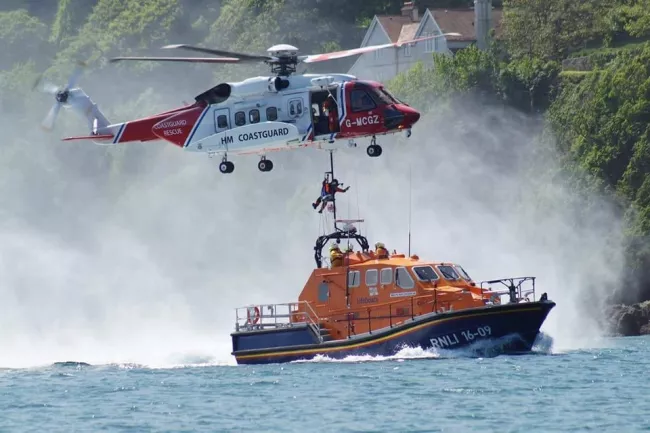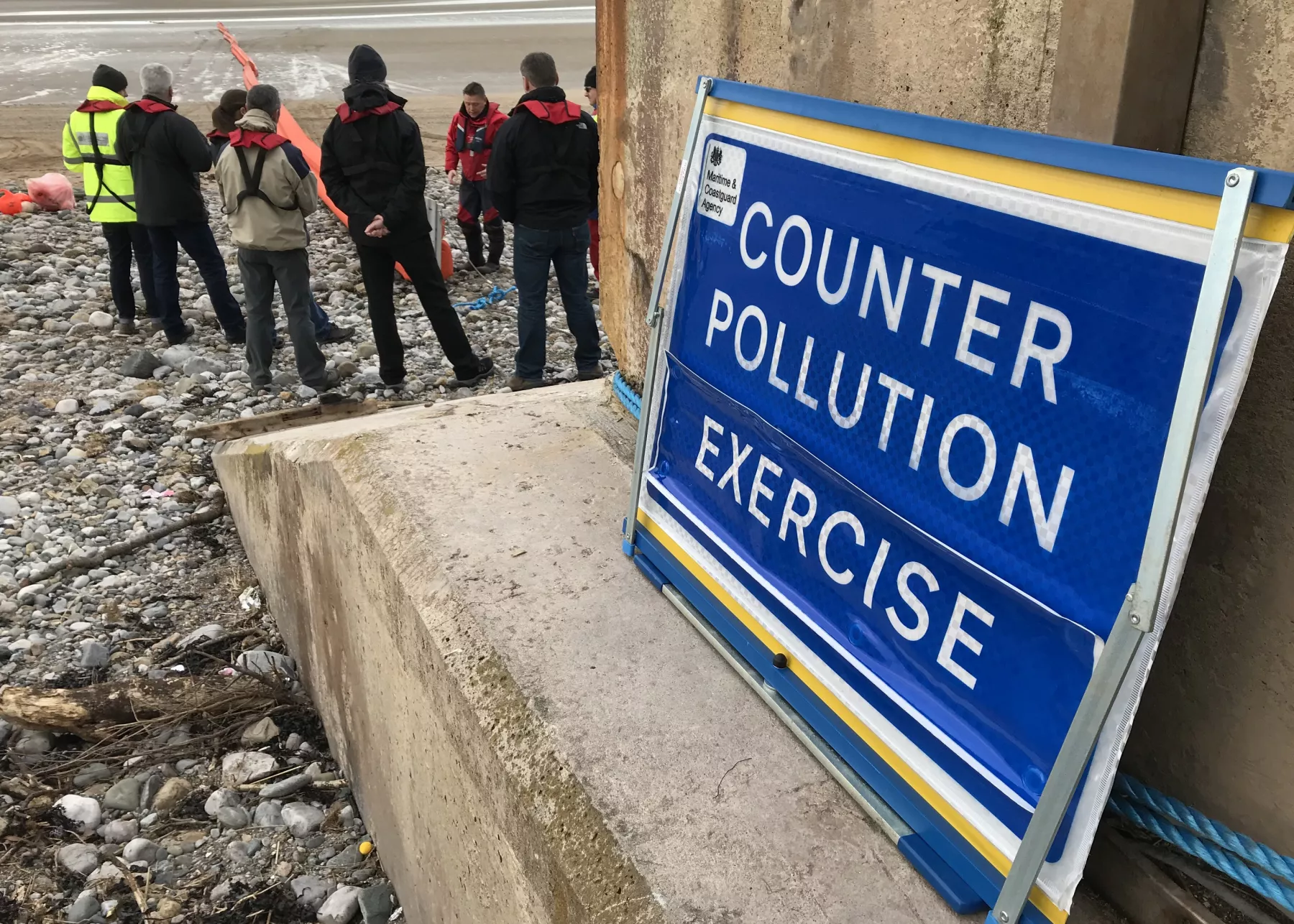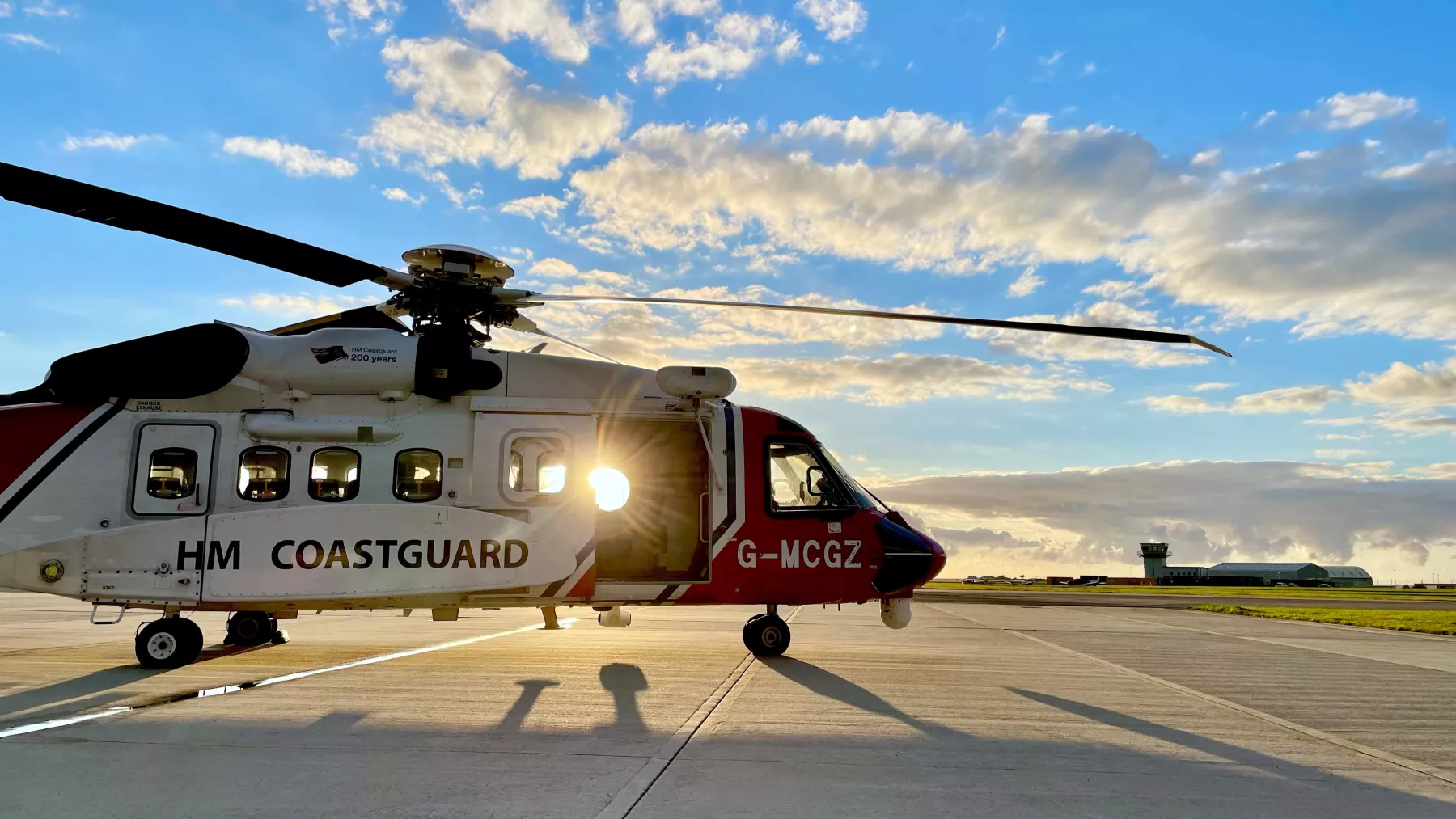Are HM Coastguard and the Royal National Lifeboat Institution (RNLI) the same thing?
No – they are entirely separate organisations. Founded in 1822, HM Coastguard is one of the UK emergency services and part of the Maritime and Coastguard Agency, whose HQ is in Southampton. It’s a taxpayer-funded body within the Department for Transport.
HM Coastguard is the coordinating authority for search and rescue in the UK – essentially, it organises all maritime rescues.
The RNLI, on the other hand, is a registered charity established in 1824 with 238 lifeboats stations around the UK and Ireland. It is funded by donations and relies on volunteers to provide search and rescue lifeboat services.
Why do they get mixed up?
HM Coastguard and the RNLI are both search and rescue organisations which work very closely together during emergencies at sea and on the coast.
People often mistake them for being the same organisation but, actually, they have distinct and separate roles.
What does HM Coastguard do?
HM Coastguard is the tasking authority whose main role is to coordinate maritime search and rescue operations within the area where the UK is responsible, at sea and on the coast.
This is done by salaried teams working at Maritime Rescue Coordination Centres (MRCCs) who take emergency calls and, if required, allocate resources to respond.
They are the planners who take the lead in organising responses within the UK search and rescue region.

So, who are the blue-suited Coastguards I’ve seen by the seaside?
They are the Coastguard Rescue Officers. These are trained volunteers enrolled with HM Coastguard, numbering more than 3,000.
They form Coastguard Rescue Teams based at stations around the UK shoreline who are paged in an emergency by MRCCs.
They have capability for first aid, water rescues close inshore, missing person searches, and mud and cliff operations in some areas. They are led by salaried Senior Coastal Operations Officers employed by HM Coastguard.
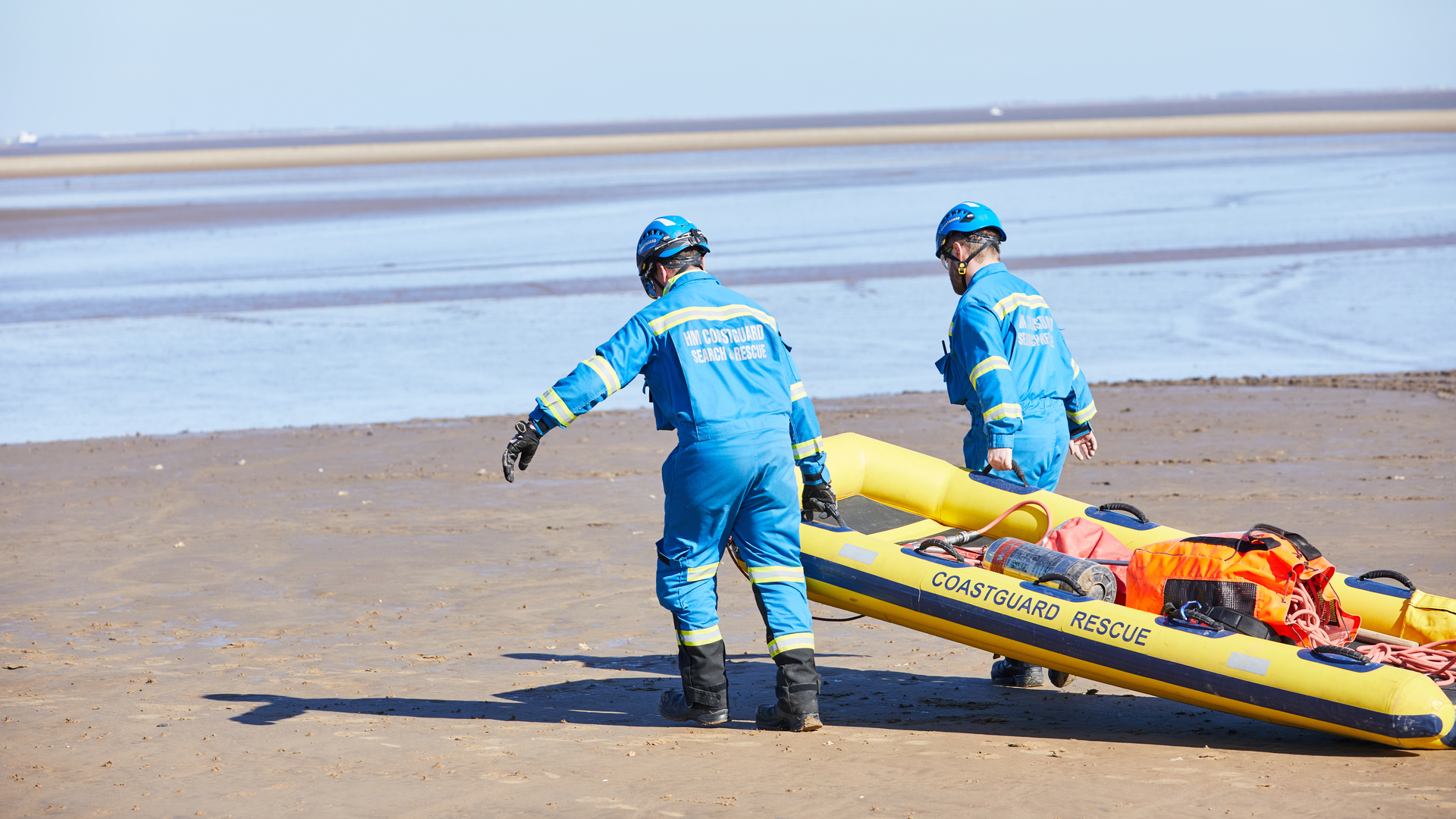
And what does the RNLI do?
The RNLI operates a fleet of over 400 lifeboats (including relief lifeboats) from 238 lifeboat stations around the coast of the UK and Ireland.
Crewed by volunteers, these vessels can range from all-weather lifeboats (ALBs) to inshore lifeboats (ILBs) – they are easily recognisable with bright orange colouring and RNLI logos.
In some areas, where access by boat is difficult such as mudflats, the RNLI will operate a hovercraft.
The RNLI also employs lifeguards at about 240 beaches around the UK and Northern Ireland.
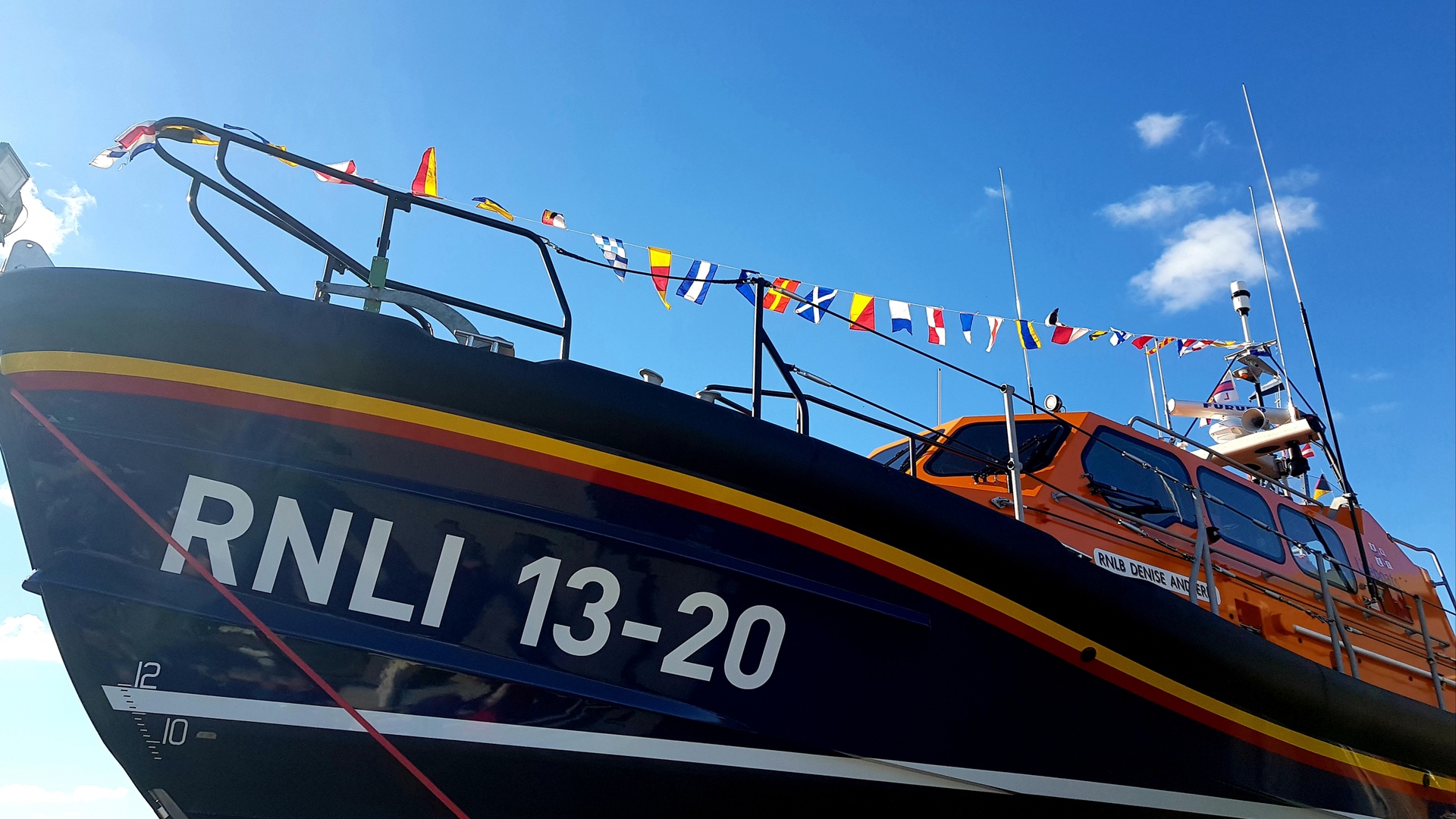
Doesn’t HM Coastguard have its own lifeboats?
HM Coastguard does not operate its own lifeboats but does have powerful aircraft at its disposal. These include the familiar red and white helicopters as well as aeroplanes and unmanned drones, operating from about a dozen bases around the UK.
It also has an Emergency Towing Vessel (ETV) based in Scotland for incidents involving bigger ships, and can call on support from passing vessels too.
How do HM Coastguard and the RNLI work together?
In an emergency on the coast or in UK waters, call 999 and ask for the Coastguard. That call will be directed to one of HM Coastguard’s MRCCs where the team will coordinate your rescue, starting with a decision about what assistance to send.
They will task the most appropriate resources from an official list of trusted organisations – each known as a ‘declared facility’ – that HM Coastguard can call upon 24/7 as an ‘asset’ in a rescue.
Other emergency services can be involved too.
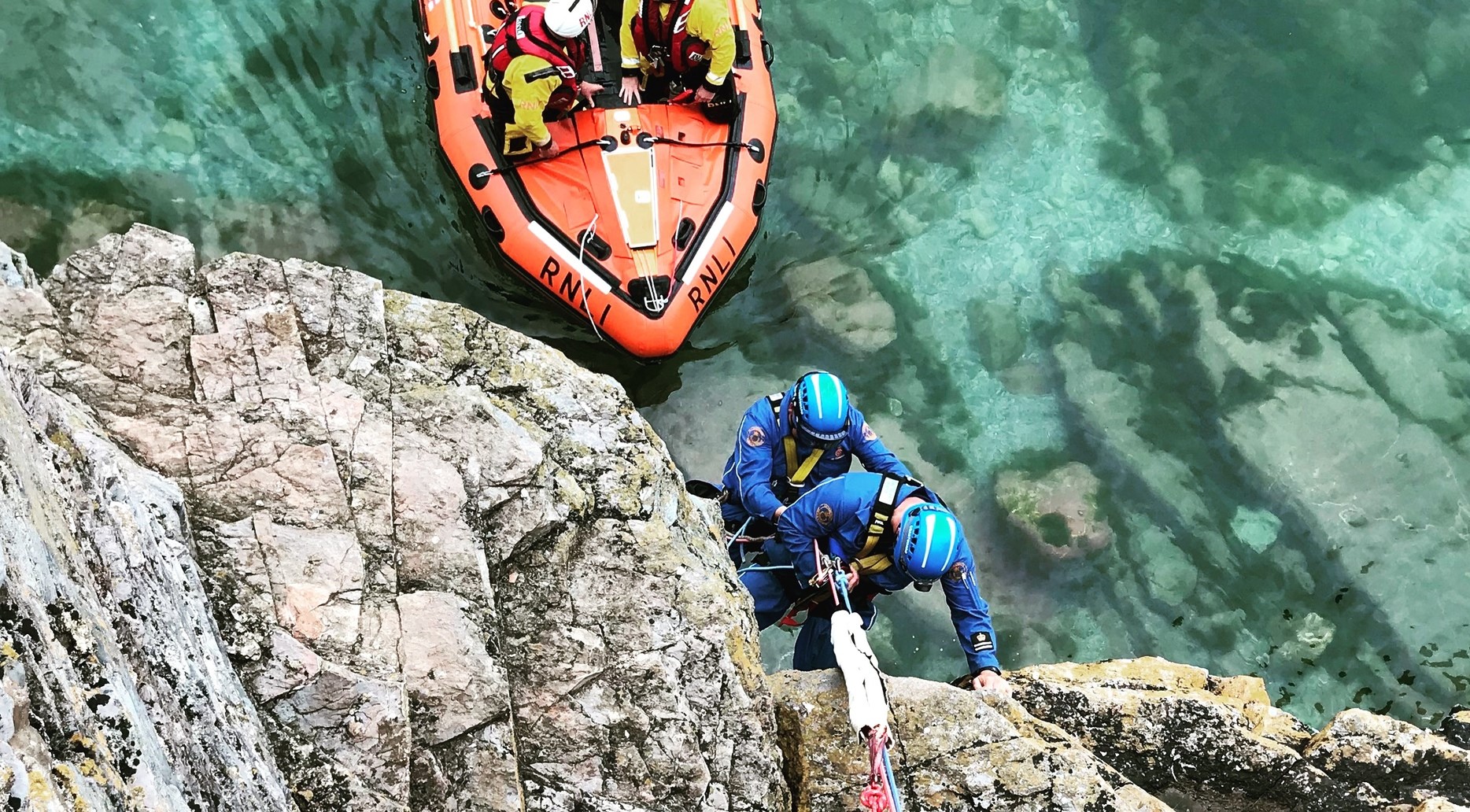
Are there other search and rescue organisations HM Coastguard works with?
Yes – there are also independent search and rescue charities, separate from the RNLI, which have a similar role and also have ‘declared facility’ status.
These include independent lifeboat organisations, volunteer life brigades and inshore rescue services, the National Coastwatch Institution, and the Sea Safety Group.
What happens to someone rescued by the RNLI or an independent lifeboat?
In the example of a yacht in trouble, a local lifeboat would be despatched by HM Coastguard, perhaps to give support or pick up the crew.
A Coastguard helicopter might also be sent, sometimes airlifting the casualties from the lifeboat or the yacht itself (helicopter and lifeboat teams train together for this type of rescue).
Casualties are then often met on land by Coastguard Rescue Teams who can give first aid, set up landing sites for the helicopter, or assist handing people into the care of an ambulance crew.
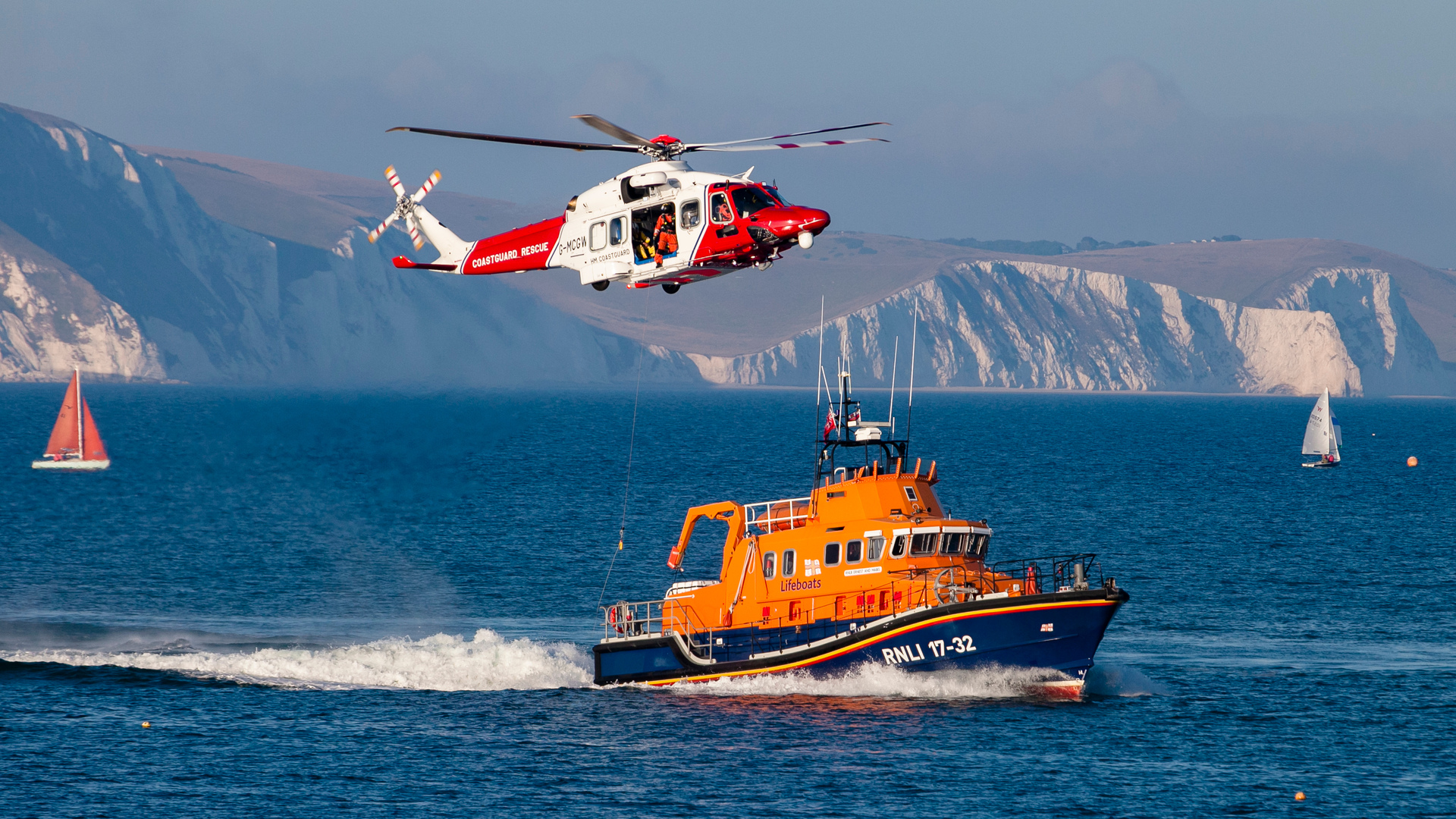
Could I join HM Coastguard?
Join us! You could apply to be a volunteer Coastguard Rescue Officer or work at an MRCC.
As a volunteer role, being a Coastguard Rescue Officer offers quite flexible attendance, with full training and kit provided. It’s a chance to join a close-knit team who enjoy camaraderie, personal development and the satisfaction of making a lifesaving difference.
Visit www.gov.uk/volunteer-as-a-coastguard
Job opportunities also come up at HM Coastguard’s MRCCs, as well as within the wider Maritime and Coastguard Agency.
To see what’s available or to sign up for recruitment alerts, click here.
